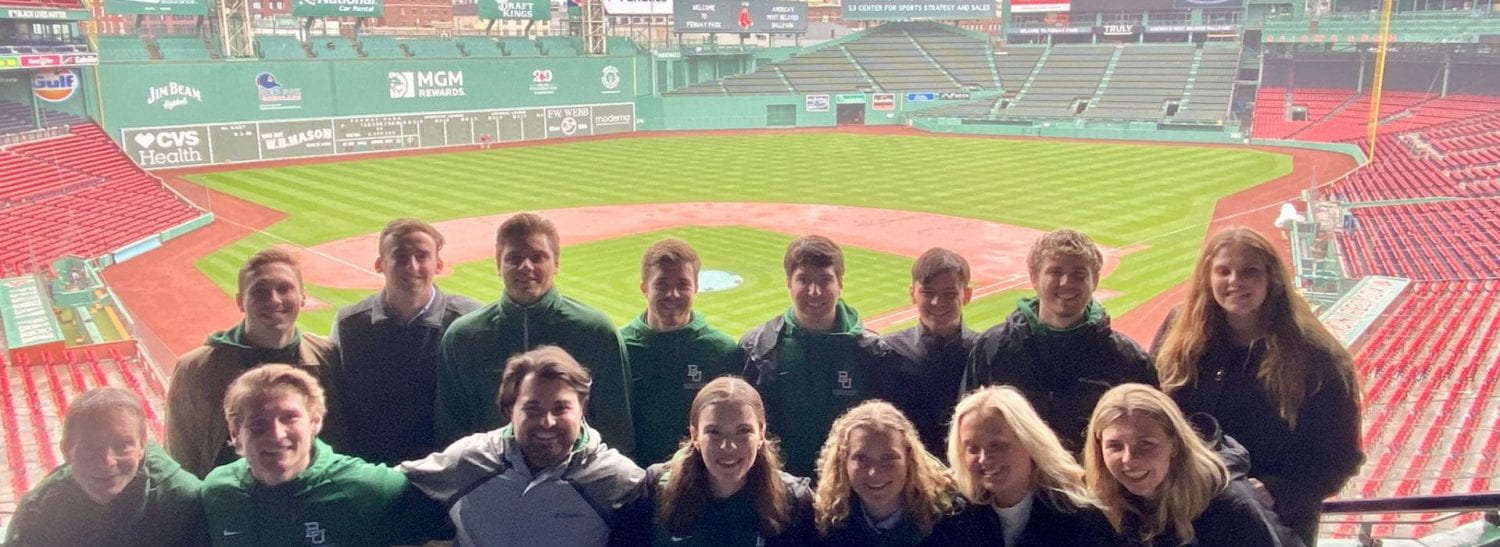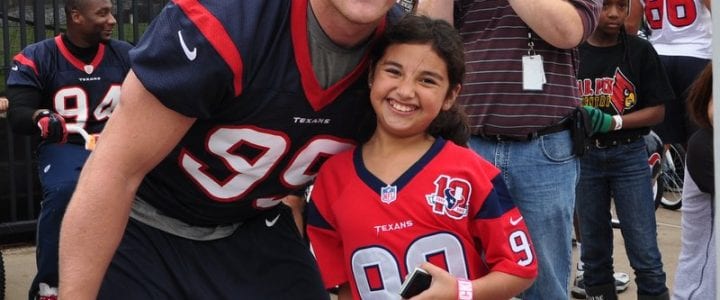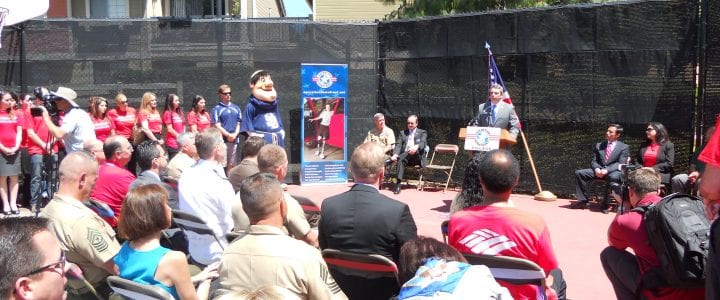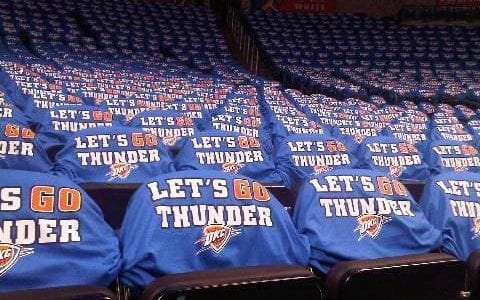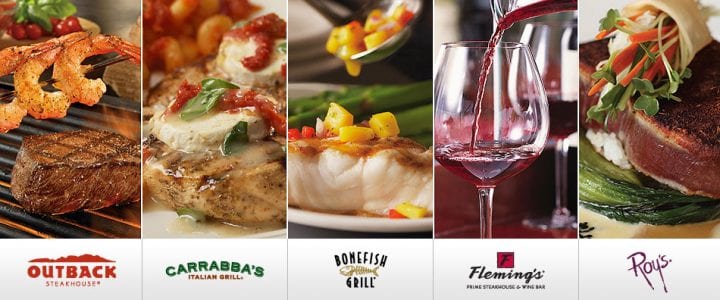by Anita Sehgal – February 2013
As organizations continue to utilize sports sponsorships and activation within their marketing mix, they are also faced with the ongoing challenge of ensuring activation is relevant, measurable and engaging for consumers.
Leveraging digital marketing and media strategies will enhance sponsorship initiatives in three ways:[dropshadowbox align=”center” effect=”curled” width=”250px” height=”” background_color=”#ffffff” border_width=”1″ border_color=”#dddddd” ]
- Expanding the reach of your activation to a broader audience
- Extending the activation beyond the actual event time
- Engaging fans in relevant and measurable experiences[/dropshadowbox]
At Academy Sports + Outdoors, we’ve found sharing content and generating exclusive content supporting the partnership is a great way to extend the reach of activation initiatives. Our long time partnership with the Houston Texans greatly evolved this year thanks to both teams’ commitment to digital integration within core sponsorship assets. Leveraging our shared fan bases on multiple social media sites, executing a calendar of content that engages Academy customers and Texans fans, and tailoring that content to the various social media platforms is a win-win for both of us.

”Collaborating with Academy on social media promotions this season, including promoted posts on Twitter, generated a lot of interest for our in-store player appearances and raised the profile of our partnership with Academy” says Nick Schenck, Houston Texans director of integrated media.
[dropshadowbox align=”right” effect=”raised” width=”450px” height=”” background_color=”#ffffff” border_width=”1″ border_color=”#dddddd” ]

“Through my partnership with Academy, we’ve probably had the most fun with the digital components of our relationship”, says NASCAR driver Danica Patrick. “I’ve live tweeted with their fan base from one of our TV shoots, filmed behind the scenes footage and shared workout tips for use on their tablet app. Academy supports me throughout the racing season and even helped me get voted NASCAR’s most popular driver in 2012. I’ve helped to support their annual fitness campaign and drive new followers and entries into their Pinterest contest through my social media sites.” [/dropshadowbox]All professional sports partners are constantly innovating new ways to provide fans with insider access, and we are always seeking additional avenues to drive sales, traffic and deeper engagement with our customer base. In many cases, we’ve found a way to meet both goals through digital only events, which are spontaneous and often only shared via social media. Digital-only events are easy to execute, low cost additions to any activation strategy that (a) expand the reach for partners and (b) create opportunities for content generation.
Sharing content with consumers before, during and after an event is a great way to extend activation length. Live tweets, contests, and appearances all generate opportunities for our team to capture unique and exclusive content making the activation more powerful. We also take the approach of supporting our partners in their key initiatives and ask they do the same in return.
One of the major challenges sports sponsorships often face is relevant, measurable activations.
Third party profiling, audience attendance and participation at an event or over a season are key measurements that marketers use to measure value. Digital marketing brings another key dimension to the table as sponsors are continually challenged to not only drive customer engagement but also measure the benefit. While traditional logo and designation rights support brand awareness and often brand affinity, social media and digital media integration into fan initiatives drives customer engagement and allows both sponsors and sports entities to assess value of shared consumer bases and engage directly with consumers.
